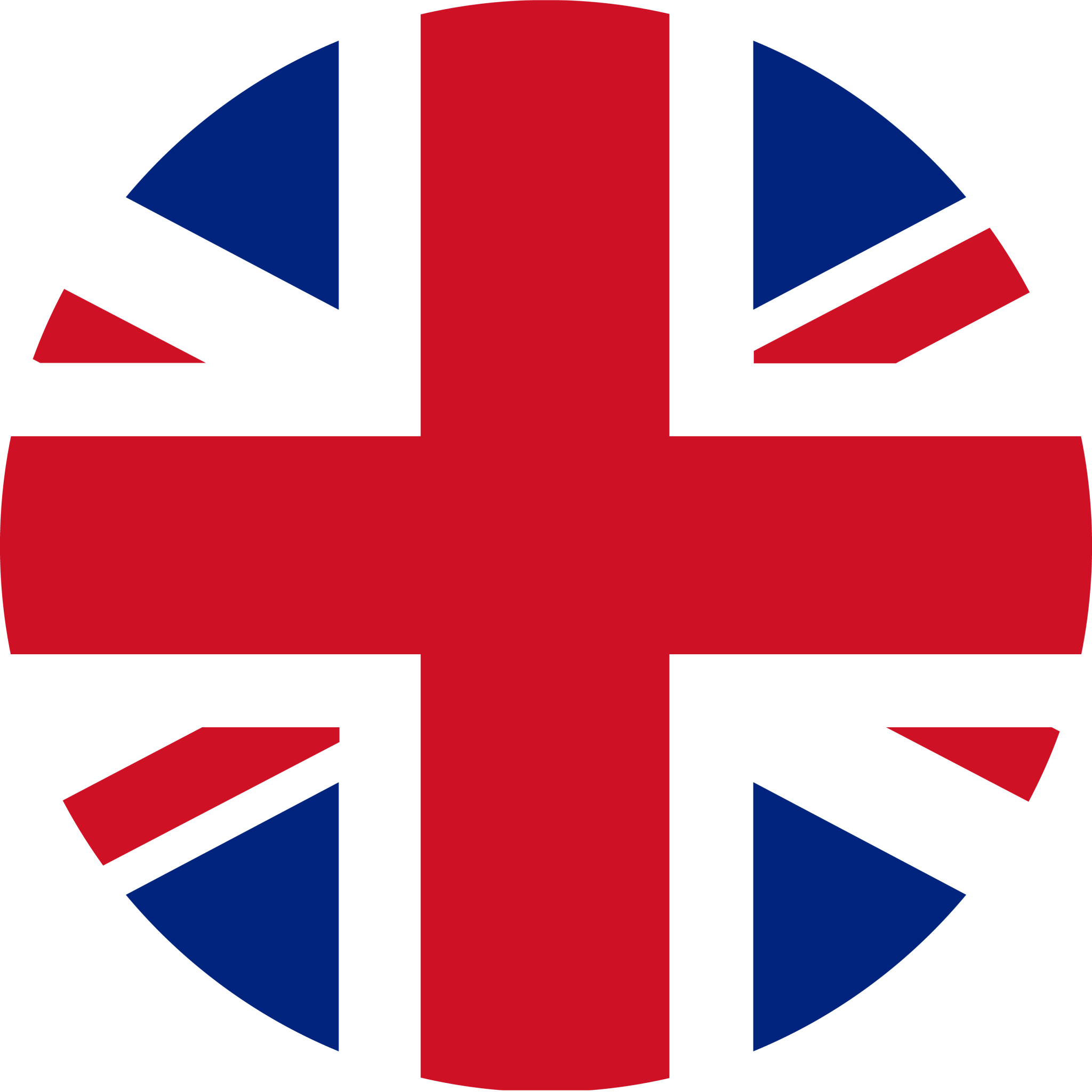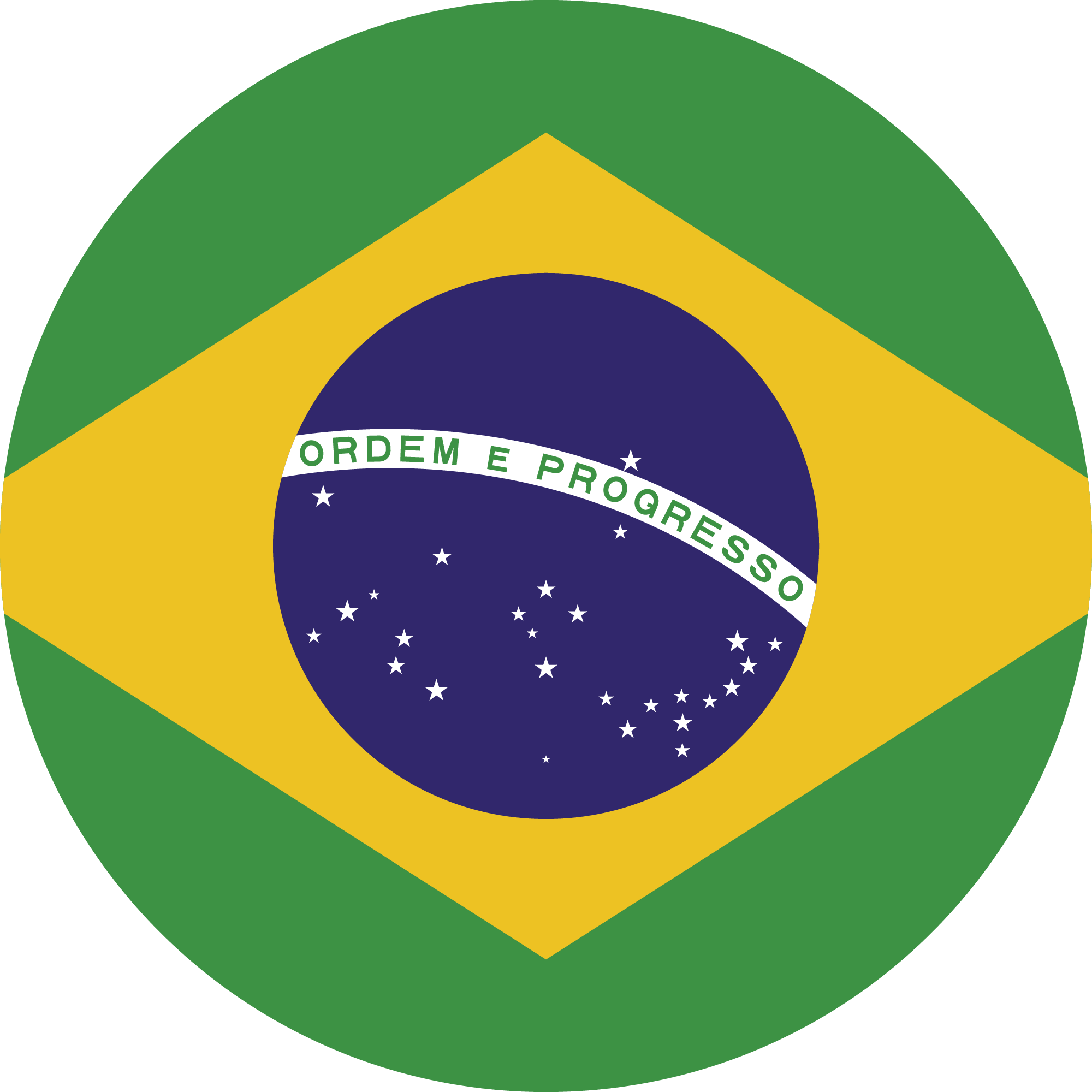Our planet is like a giant, multi-layered cake, with each layer playing a unique and important role in keeping the Earth healthy and strong. Just like the layers of a cake, the Earth is made up of different parts, each with its own characteristics and functions. From the ground we walk on to the scorching hot center, these layers work together to make Earth the amazing planet we call home. But what exactly are these layers? Let’s take a closer look at the different parts of the Earth and discover what makes each one special.
Layers of the Earth
The Earth, our home, is like a big ball with different layers, each one important in its own way. Imagine the Earth like an onion, with layer upon layer, all stacked on top of each other. Let’s dive in and explore these layers one by one, including what’s above the ground!
The Atmosphere
Before we even reach the Earth’s crust, we have the atmosphere. The atmosphere is like a protective blanket of gasses surrounding the Earth. It’s made up of several layers, and it’s what makes life possible on our planet. The atmosphere keeps us warm, gives us air to breathe, and protects us from the sun’s harmful rays. Here are the main layers of the atmosphere:
-Troposphere: This is the lowest layer, where we live and where all the weather happens. It extends up to about 12 kilometers (7.5 miles) above the Earth.
-Stratosphere: Above the troposphere is the stratosphere, which contains the ozone layer that protects us from the sun’s harmful ultraviolet (UV) rays.
-Mesosphere: This layer is where meteors burn up when they enter Earth’s atmosphere, creating shooting stars.
-Thermosphere: This layer is very hot, and it’s where the Northern and Southern Lights occur.
-Exosphere: The outermost layer, where the atmosphere thins out into space.
The Hydrosphere
The hydrosphere includes all the water on Earth—oceans, rivers, lakes, and even the water in the atmosphere! Water covers about 71% of the Earth’s surface, and it’s essential for all living things. The hydrosphere interacts with the atmosphere, the crust, and even the deep layers of the Earth, playing a big role in weather, climate, and the water cycle.
The Lithosphere
The lithosphere includes the crust and the very top part of the mantle. It’s divided into huge pieces called tectonic plates, which float on the semi-solid upper mantle. These plates move very slowly, and their movement causes earthquakes, volcanic eruptions, and the formation of mountains. The lithosphere is like the solid shell of the Earth, and it’s what we stand on every day.
The Crust
Now, let’s talk about the crust, the layer beneath the lithosphere. The crust is the outermost solid layer of the Earth, and it’s where we live. It’s like the Earth’s skin, but much thicker! The crust is made up of solid rock and soil, and it’s where all the mountains, oceans, and continents are. There are two types of crust:
-Continental Crust: This is the thicker part of the crust, found under landmasses. It can be as thick as 50 kilometers (about 31 miles).
-Oceanic Crust: This is the thinner part, only about 5-10 kilometers (3-6 miles) thick, and is found under the oceans.
Even though the crust seems huge, compared to the rest of the Earth, it’s actually very thin—like the peel of an apple!
The Mantle
Beneath the crust is the mantle, a thick layer that makes up most of Earth’s mass. The mantle is about 2,900 kilometers (1,800 miles) thick! It’s made of hot, semi-solid rock that flows very slowly—kind of like thick syrup. The mantle is divided into two parts:
-Upper Mantle: The upper part is cooler and more rigid. It’s where we find the tectonic plates.
-Lower Mantle: The lower part is much hotter and flows more easily. It’s where heat from the Earth’s core is transferred to the upper layers.
The mantle is super important because it’s where all the action that shapes the Earth’s surface happens.
The Outer Core
Below the mantle, we find the outer core. This layer is made of super-hot, molten (liquid) metals, mostly iron and nickel. It’s about 2,200 kilometers (1,367 miles) thick. The outer core is so hot that it’s always moving, and this movement creates something very important—Earth’s magnetic field! The magnetic field acts like a giant shield, protecting us from the sun’s harmful radiation.
The Inner Core
At the very center of the Earth is the inner core. Even though it’s the hottest part of the Earth—up to 5,000°C (about 9,000°F)—the inner core is solid! That’s because of the incredibly high pressure pushing down from all the layers above it. The inner core is also made of iron and nickel, just like the outer core, but because it’s solid, it doesn’t move around. The inner core is about 1,200 kilometers (746 miles) thick and is as dense as metal.
Why Do These Layers Matter?
Each layer of the Earth, from the atmosphere all the way down to the inner core, plays a vital role in making our planet the amazing place it is. The atmosphere and hydrosphere keep us alive and protect us, while the lithosphere and crust give us a place to live. The mantle shapes the Earth’s surface, and the core keeps everything in balance. All these layers work together to create the world we know and love.
When studying scientific subjects such as the layers of the Earth, children can obtain more comprehensive and superior quality knowledge by utilizing English resources. Children can access worldwide educational resources and research more easily if they know English.
Learning about the layers of the Earth is made easier and more effective for kids when it is explained through online educational tools and resources. Rich visual and interactive information abounds on online platforms, capturing children’s interest and making learning enjoyable. Children can learn difficult topics more effectively by watching videos, watching animations, and using virtual reality apps. The interactive videos on EnglishCentral Kids allow you to teach your kids about the layers of the Earth in addition to a variety of other subjects.
Everything you need for your child to learn English is available on the EnglishCentral Kids platform! EnglishCentral Kids offers a personalized and high-quality education plan tailored to your child’s needs at an affordable price, with 25-minute live lessons guided by teachers, specialized in children’s education, fun and educational interactive videos carefully designed for child development, vocabulary learning tools, AI-powered teacher MiMi, quizzes, and interactive activities. Sign up for EnglishCentral Kids today and start learning English!
Interesting Facts About the Layers of the Earth
The layers of the Earth are an important topic that helps us understand the complex structures and natural processes deep within our planet. Here are some interesting facts about the Earth’s layers:
1. The Crust Is Not the Same Everywhere
While the Earth’s crust is generally solid rock, it’s not uniform. In some places, like under the oceans, the crust is much thinner and denser than it is under continents. The oceanic crust is mostly made of basalt, while the continental crust is largely granite.
2. The Mantle Contains a “Hidden” Layer
Scientists believe there is a transition zone within the mantle, around 410 to 660 kilometers (255 to 410 miles) below the Earth’s surface, where the minerals change structure due to extreme pressure. This zone might even contain more water than all of Earth’s oceans combined, but in a mineral-bound form, not as liquid water.
3. The Mantle Is Responsible for Volcanic Hotspots
Volcanic hotspots, like those that formed the Hawaiian Islands, are caused by plumes of hot material rising from deep within the mantle. These plumes create magma that can break through the crust and form volcanoes.
4. The Outer Core’s Movement Generates the Magnetic Field
The Earth’s magnetic field, which protects us from solar radiation, is generated by the movement of molten iron and nickel in the outer core. This is known as the geodynamo effect.
5. The Inner Core Rotates
The inner core actually rotates at a different speed than the rest of the Earth. Studies suggest it may rotate slightly faster than the Earth’s surface, a phenomenon known as super-rotation.
6. Seismic Waves Reveal Earth’s Interior
Scientists have never physically seen the Earth’s interior layers, but they understand them through the study of seismic waves—vibrations caused by earthquakes. These waves travel at different speeds through different materials, allowing scientists to map the Earth’s interior.
7. There Might Be an Iron “Snow” in the Outer Core
Some scientists believe that small bits of iron from the outer core might solidify and “snow” down into the inner core. This “snow” could play a role in the core’s structure and the generation of the magnetic field.
8. The Earth’s Core Is Cooling
Over millions of years, the Earth’s core has been slowly cooling, which will eventually affect the magnetic field. However, this process is so slow that it won’t have significant effects for billions of years.
9. The Lithosphere Is Broken into Plates
The lithosphere, which includes the crust and the uppermost mantle, is not a continuous layer. Instead, it’s broken into tectonic plates that float on the semi-fluid asthenosphere below. These plates are constantly moving, causing earthquakes, volcanic eruptions, and the formation of mountains.
10. The Earth’s Layers Influence Gravity
The distribution of mass within the Earth’s layers affects the strength of gravity in different locations. Areas with denser materials, like large mountain ranges or deep ocean trenches, have slightly stronger gravitational pull than other areas.
Frequently Asked Questions About Layers of the Earth
What are the main layers of the Earth?
The Earth is divided into four main layers: the crust, the mantle, the outer core, and the inner core. Each layer has distinct properties and compositions.
What is the Earth’s crust made of?
The crust is the outermost layer of the Earth, made up of solid rocks and minerals. It includes both continental crust (landmasses) and oceanic crust (beneath the oceans).
How do scientists know what the Earth’s layers are made of?
Scientists study the Earth’s layers by analyzing seismic waves from earthquakes, which travel through the Earth and provide clues about its internal structure.
Can we drill down to the Earth’s mantle or core?
While we’ve drilled deep into the Earth’s crust, reaching the mantle or core is currently impossible due to the extreme conditions, such as high temperatures and pressures, at those depths.
You can access everything your child needs to learn English on a single platform! With 25-minute live lessons guided by teachers specialized in child education, entertaining and instructive interactive videos designed for child development, vocabulary learning tools, the AI Tutor MiMi, quizzes, and interactive activities, EnglishCentral Kids offers a personalized and quality education plan tailored to your child’s needs at affordable prices. How about registering for EnglishCentral Kids now and starting your child’s English learning journey?











